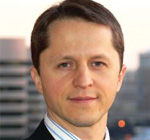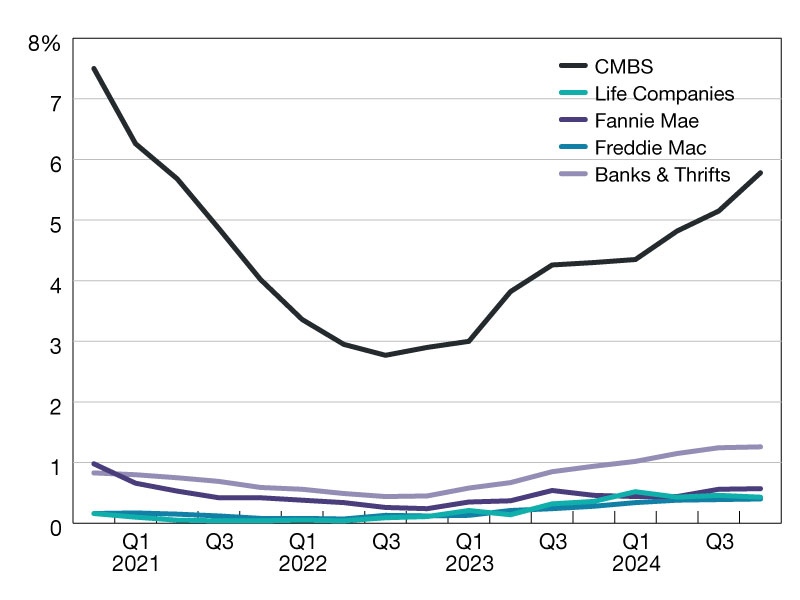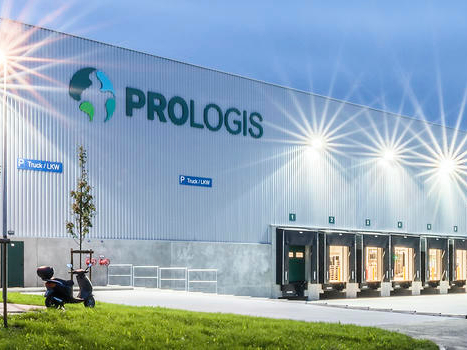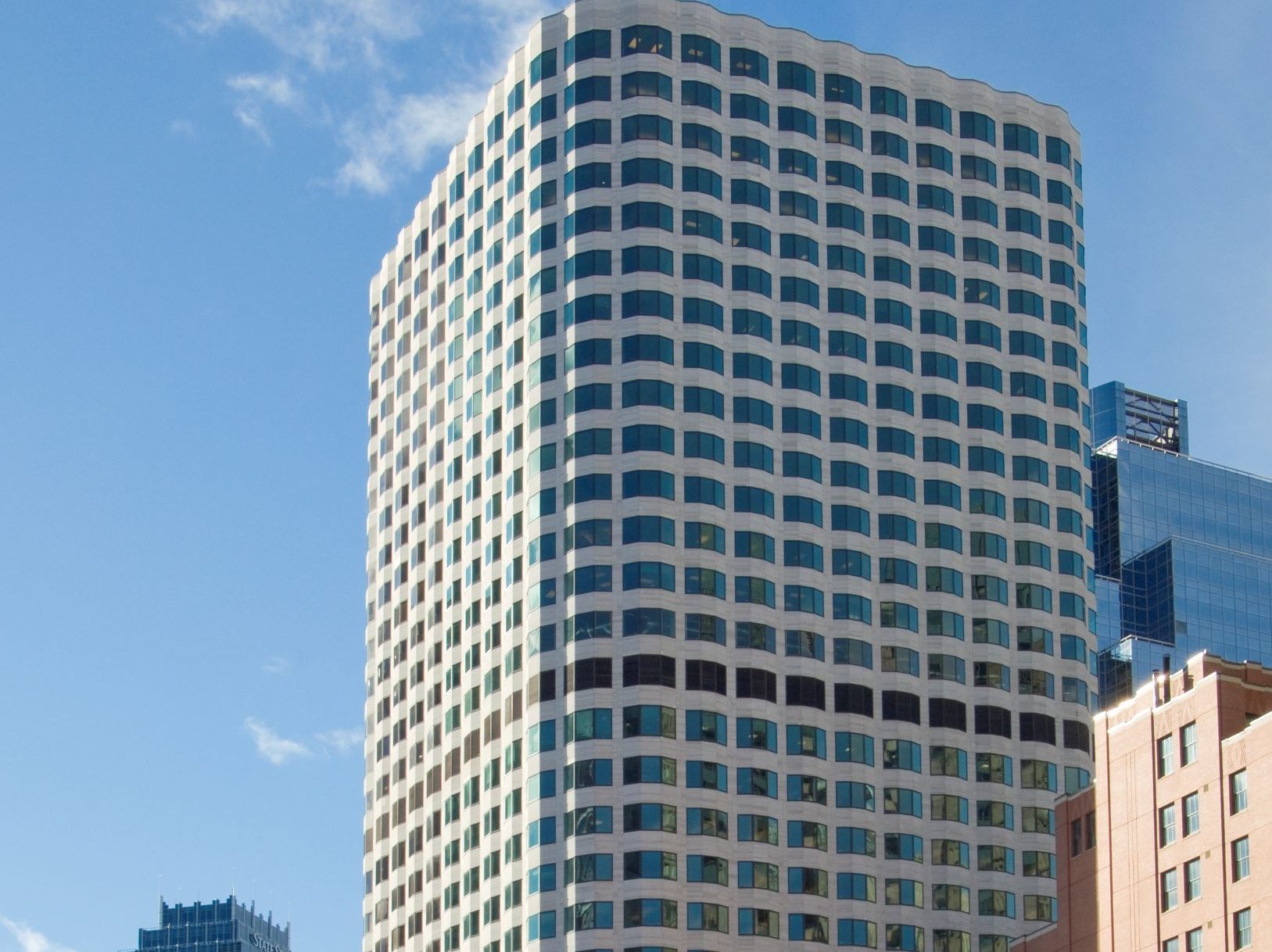Economist’s View: A Better Economy in 2012?
While the holiday season brought a small jolt of energy to the economy, it did not provide enough fizz to make everyone’s celebration cups full. By George Ratiu.
Two-and-a-half years after the official end of the economic recession, we are still looking for an “all clear” sign. While 2011 offered some positive news, it barely made for holiday sparkle. Weighed down by a bagful of European financial issues, weak domestic employment and a consumer mood that was more attuned to the Grinch than Santa Claus, the economy seemed relieved that another year was over.
As we approached the end of the year, the Bureau of Economic Analysis’ second estimate, in the third quarter, downgraded the gross domestic product from a 2.5 percent annual rate of growth to 2.0 percent. Most major GDP components were revised downward, indicating a softer level of economic growth.
This was not a surprise, as consumer spending grew at a weak 2.3 percent rate during the third quarter. Consumers did increase their spending on both goods and services. However, as the much-anticipated post-Thanksgiving retail shopping illustrated, consumers are looking for discounts and proving to be much more targeted with their dollars.
Continued large debt levels, high unemployment, stagnant wages and lack of growth kept the outlook in check. The consumer confidence index compiled by the Conference Board declined to 40.9 in October, a low not seen since the second quarter of 2009, during the recession. More troubling, consumers were pessimistic about both the current economic conditions and prospects for the future.
It didn’t help that employment slowed down in the third quarter compared with the first half of the year. Businesses cited general uncertainty, lack of demand and regulatory concerns as the main reasons for modest hiring. The good news is that the number of nonfarm payroll jobs rose by 297,000 during the quarter, with professional and business services posting a net 102,000 new jobs. The other contributors to employment growth were the education and health sectors.
However, employment conditions remain far from a pace that could support sustainable economic growth. The first-time unemployment insurance claims were pegged stubbornly high at 412,000 per week during the third quarter. The figure should fall below 400,000 per week to ensure meaningful, consistent job creation. In addition, the number of people drawing unemployment benefits rose to 3.73 million in the third quarter, from 3.72 million in the second quarter. The encouraging highlight was the decline in the unemployment rate from 9.1 percent at the end of September to 8.6 percent in November.
While not fully ramping up employment levels, business investments provided a double-digit boost to the economic advance in the latter half of the year, with business spending rising 14.8 percent during the third quarter. In fact, in a hopeful sign for 2012, businesses accelerated their spending with each successive quarter during 2011. Notable gains included transportation rising by 31.7 percent and industrial equipment by 31.6 percent in the third quarter. And spending on commercial real estate gained for two consecutive quarters, advancing 12.6 percent by the end of October.
Much of the investment was aimed at international trade, which proved resilient last year. But while trade grew, so did prices of exchanged goods. Import prices, in particular, grew at double-digit rates for the better part of 2011, with September’s prices 13.4 percent higher year-over-year. Export prices rose at a much slower pace, with September figures up 9.5 percent over the prior year.
The other major contributor to economic growth—government spending—was flat. Federal spending increased 1.9 percent, driven by defense expenditures, up 4.7 percent. State and local governments slashed their spending by 1.4 percent as they continued to face mounting deficits.
Thus, while the holiday season brought a small jolt of energy to the economy, it did not provide enough fizz to make everyone’s celebration cups full. The GDP is expected to gain 2.5 percent this year, an improvement over 2011. With the political cycle closing another loop in November, hopes are high that 2012 will offer a better economy.
George Ratiu is manager of quantitative & commercial research at the National Association of Realtors.








You must be logged in to post a comment.